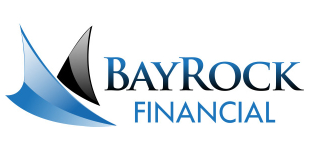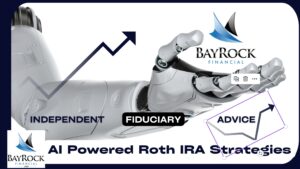Tax Loss Harvesting
Tax Loss Harvesting is widely trumpeted by the wealth management industry as low hanging fruit for boosting after-tax returns. The dirty little secret is that not everybody wins. This is a topic I will be talking about in coming episodes on Missional Money Podcast in our Tax Tip Tuesday Segment.

With tax-loss harvesting, you reap what you sow
There are a few time-honored strategies for building long-term wealth: diversifying assets across a mix of stocks and bonds; avoiding a panicked sell when the market turns sour; not trying to time the market just right. Add to the list a relative newcomer — tax-loss harvesting.
But the increasingly popular strategy is not as straightforward as it seems, and contrary to the wealth management industry’s cheerleading, it works better for some investors than others.
Tax-loss harvesting involves intentionally selling a security and taking a loss that is then used to offset a gain come tax time, either within the same portfolio or elsewhere. If the losses exceed gains, an investor can use them to offset, or reduce, up to $3,000 of ordinary income a year, and carry leftover amounts forward to reduce taxable income on future gains. Under the wash-sale rule — intended to prevent gaming the system for tax benefits — an investor has to wait at least 30 days to repurchase the same stock or similar stocks.
Why BayRock offers BayRobo
From robo advisors like Wealthfront to Main Street brokerages like Fidelity Investments to Wall Street wirehouses and private banks that cater to the wealthy, the strategy is pitched as good for any investor. Whether ultrarich or middle class, the industry’s messaging goes, everybody can benefit from more tax “alpha,” or returns on an after-tax basis. Aperio, which is owned by BlackRock and creates bespoke portfolios for wealthy clients, says the technique can boost after-tax returns by 0.81%–1.93% over a 10-year period when compared with a comparable index fund or exchange-traded fund.
The strategy is gaining mindshare thanks to the growth of direct indexing and its pitch to retail investors of all stripes. Direct indexing involves buying stocks held in an index, such as the S&P 500, then selling those that decline. When markets are rising, loss harvesting lets investors lock in the gains of an index while generating losses that can offset taxable profits.
But the strategy yields different results, and it depends on how rich you are. Those most likely to benefit have short-term capital gains, according to a recent paper by two AQR Capital Management executives and a Harvard Law School student in the Journal of Direct Indexing. Those gains, which are profits on assets held for less than one year, are taxed at ordinary rates, now a top 37% for federal purposes. State taxes pile on further. A core point of the paper is that short-term gains are more common in the portfolios of the ultrawealthy, not in those of garden-variety investors with basic mutual funds and exchange-traded index funds.
“The biggest issue with TLH is that many clients may not have other gains to offset, in which case a harvested loss becomes a loss carryover and doesn’t provide any immediate benefit,” said Iraklis Kourtidis, a co-founder and CEO of Rowboat Advisors, a software company for investment portfolios in Menlo Park, California. “This is the real issue with rolling out TLH to small accounts, which tend to be held by accounts at lower tax brackets, and also with few other realized gains to offset.”
In other words, you reap what you sow, often in the form of fees for a benefit you don’t get.
Luke Smith, a chartered financial analyst and partner at AlphaWorks, a quantitative equity portfolio management and research firm for investment managers in Jersey City, New Jersey, puts it this way: “If you don’t have gains to offset, don’t do it. Most advisors just assume you have unlimited gains.”





